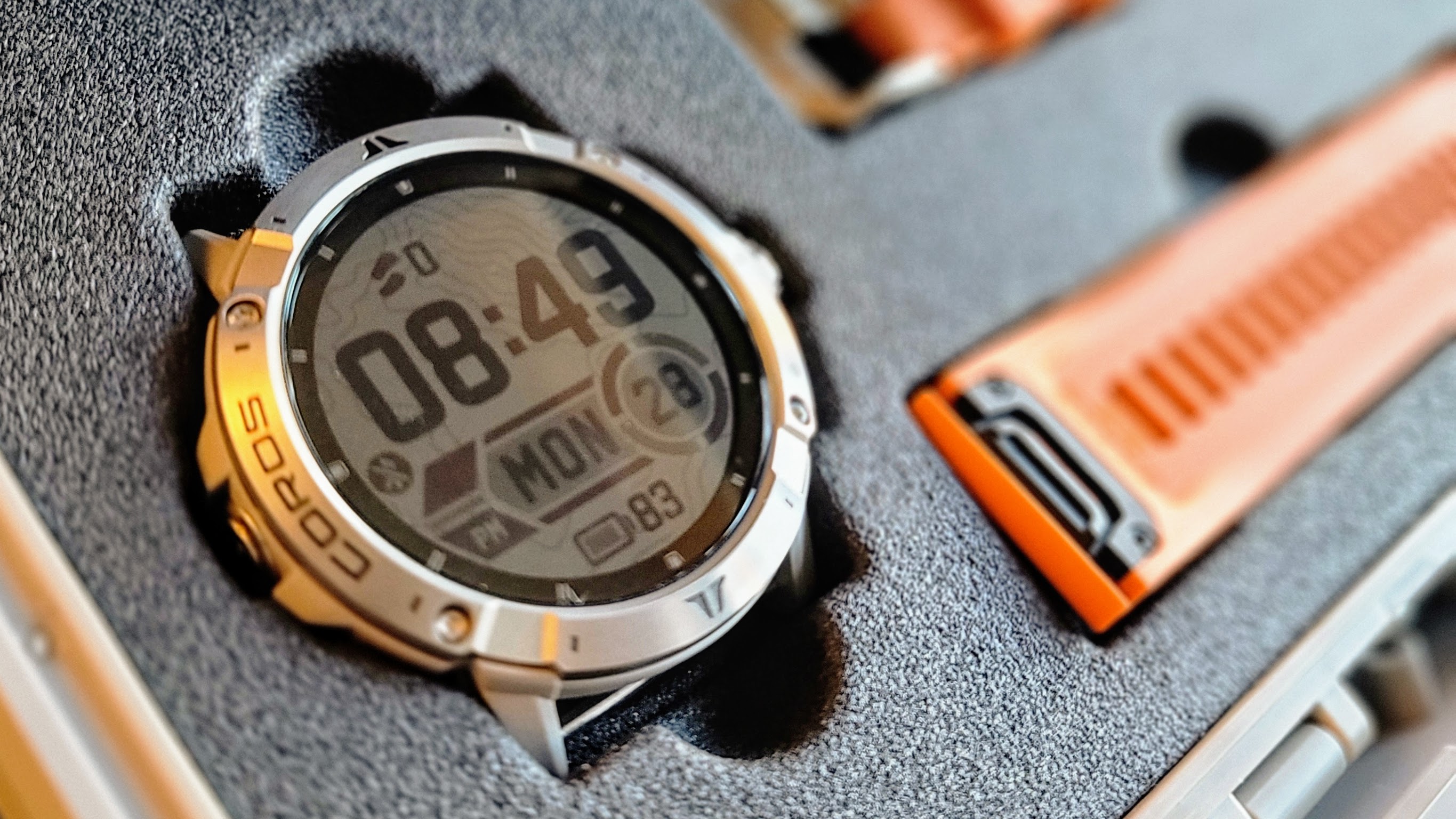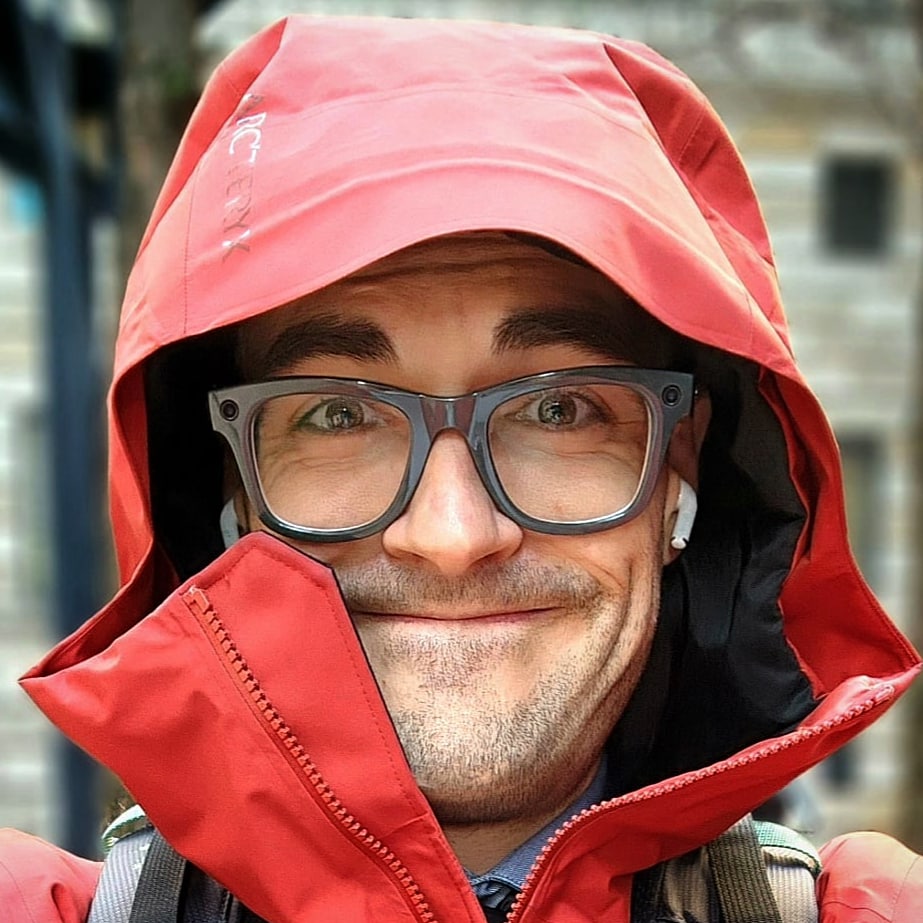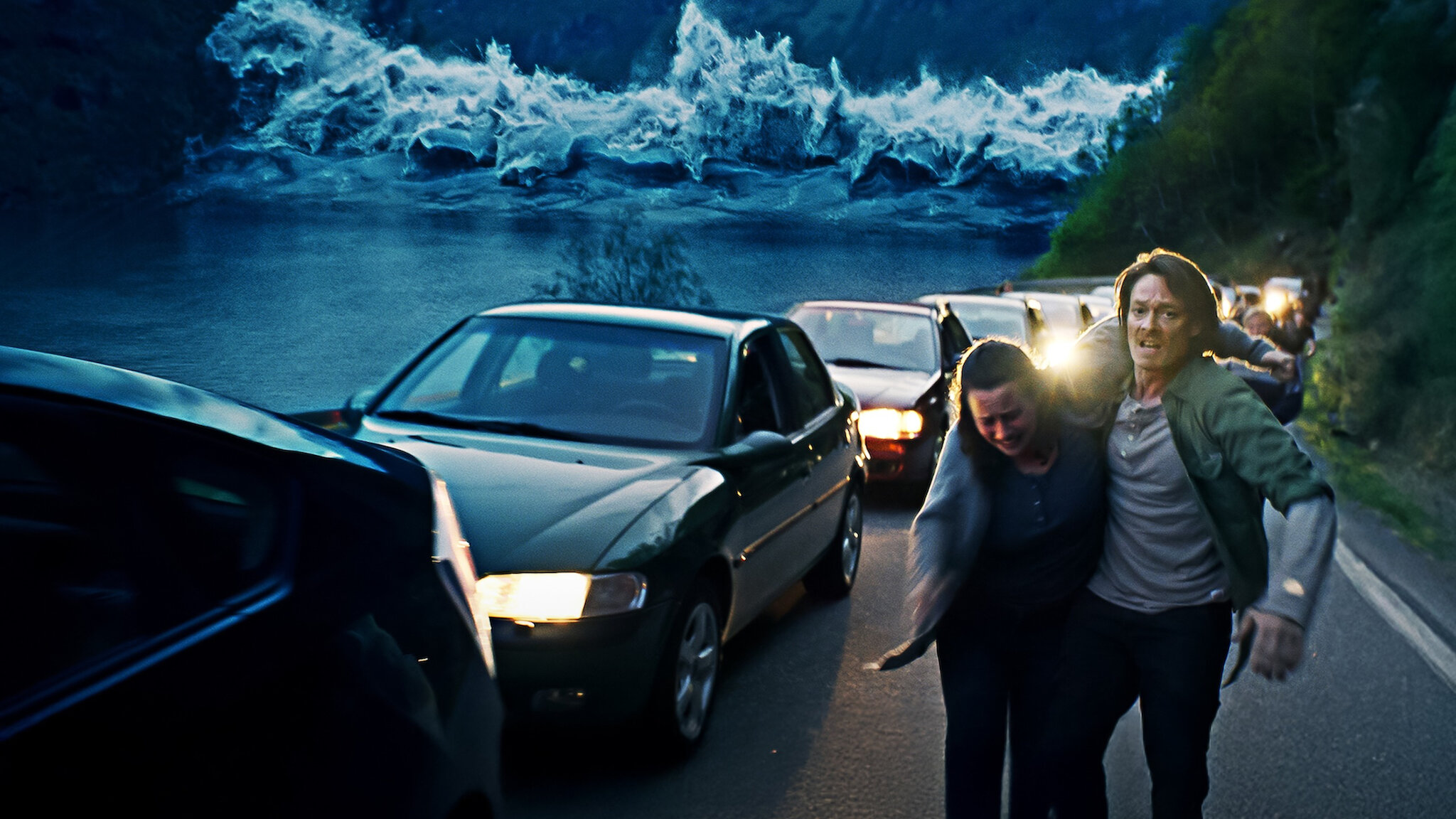
I visited Colorado for a week in late 2021, and immediately fell in love with the surrounding topography. Boulder has unsurprisingly become a mountainous mecca for endurance athletes of every ilk, especially runners.
As a Brooklynite, most of my outdoor cardio happens in Prospect Park: the second-biggest slice of nature in New York City (526 acres)…which hits an underwhelming altitude of roughly 100 feet above sea level at its highest point. So when one of my Colorado colleagues — an ultra runner with more than ten years of trail-trekking experience — asked if I’d like to join him on a short (read: between seven- and ten-mile) run to Bear Peak, I was cautiously optimistic to see how my lungs would hold up in terms of overall endurance.
After eight exhausting-yet-exhilarating miles of hiking the uphills and jog-hopping the downhills, I'd triumphantly completed the most picturesque ridge run of my whole life — with a surprising amount of energy to spare. What’s more, according to the Samsung Galaxy Watch 3 I was wearing that week, those eight aforementioned miles amounted to the longest consecutive distance I’d ever traversed. (As a recorded workout, that is.) My next move? To sign up for a marathon, of course.
After perusing UltraSignup for trail races in my neck of the woods, I begrudgingly decided that 50K (a common ultra distance) was kind of a steep leap from the Eminem-sized jogs I was confidently capable of to the Boulder-sized ones on my agenda. Allocating 13 full weeks of training to whip myself into shape, I settled on the 27.43-mile Breakneck Point Trail Marathon. The rock scrambles of Breakneck Ridge were familiar ground, and I was pretty pumped to see what this eclectic course had in store.
I ran my first trail marathon — here’s the gear I used
First things first. To properly prevent injury during this fitness experiment, I did some preliminary research on how to train for a marathon. While the cardio workouts of yesteryear didn’t call for much gear beyond a good pair of running shoes and a can-do attitude, contemporary athletes have plenty of other tools to elevate their training — and maximize any potential PRs. To be fair, not everyone has access to the fitness tech below, and while these cutting-edge products certainly augmented my training, most of them were by no means essential. That being said, here’s all the gear I used to keep my body and brain in tip-top shape leading up to the big day.
Bluetooth headphones – Samsung Galaxy Buds 2
Whether I’m listening to my favorite Spotify playlist, audiobook, or podcast, my earholes are usually occupied once they’re on the trail. The best running headphones have active noise cancellation to tune out the world around and help keep you in the flow. Which is a tall order in New York City, by the way.
Get instant access to breaking news, the hottest reviews, great deals and helpful tips.
Fitness trackers – Coros Vertix 2 and Whoop 4.0
Endurance running is all about tracking the proper data and leveraging those metrics against your weekly training, tweaking each workout as necessary. When it comes to the best GPS sports watches for outdoor adventures, my weatherproof wearable of choice was the Coros Vertix 2. (I used this smartwatch to track my indoor/outdoor runs between March 1st and May 1st.)
When combined with daily HRV readings, the Coros EvoLab sports science platform provided weekly fitness, fatigue, and performance evaluations to help track my progress along the way. In short, these wearables were downright ideal for this data-driven experiment, especially since they both pair with Strava.

Leading up to the big day, I had a pretty good idea what my body was capable of, having put in 300+ total miles of outdoor trail runs, indoor treadmill runs, and other cardio workouts in between (eg, elliptical, rowing, stationary bike). Since I didn’t have any running buddies to pace with, the Vertix 2 became my main motivational tool, even on days when I didn’t feel like training. If my performance ever started to slip, I could observe a direct effect in the app’s Race Predictor section, and I didn’t like that one bit.
Once the course director released the official map for my race, I downloaded the GPX file to my phone, then uploaded it to the watch itself. This allowed me to study the full topography of the entire event ahead of time; there weren't any logistical surprises on race day.
Treadmill – NordicTrack Commercial 2950
iFit’s ever-growing library of marathon-training programs, mountainous hikes, and trainer-led challenges already make this is one of the best treadmills I’ve ever used. Plus, thanks to the 22-inch HD touchscreen and self-adjusting incline/decline, my indoor runs actually match the general terrain I see on screen. I may not have the resources for my own running coach just yet, but thanks to iFit, I don’t really need one.
Elliptical – NordicTrack FreeStride FS14i
I’ve got a dodgy knee, so low-impact cardio became a pivotal part of my cross-training as I started to increase that weekly mileage. The center-driven FS14i looks like the lovechild of an elliptical and glider; by switching up the natural motion of your gait, each full-body workout mostly mimics the movements of stair-stepper, elliptical, and treadmill. (When grasping the handlebars, for example, it feels like you’re cross-country skiing or stair-stepping, depending on your stride.)
Adjustable dumbbells – NordicTrack iSelect Dumbbells
Why waste precious seconds adjusting the best adjustable dumbbells by hand when you can do it with your voice, Star Trek-style? All joking aside, Alexa is the virtual gym assistant I never knew I needed, wanted, or already had. And honestly, those digital controls actually did expedite my downtime in between sets as I trained.
Outdoor running shoes – Salomon S/Lab Ultra 3

Whereas standard marathons are generally run on concrete, ultra courses include mixed terrain that require an entirely different training approach – not to mention entirely different trail running shoes (as opposed to regular ol’ road running shoes). The S/Lab Ultra 3s were built from the ground up for extremely technical terrain, and while these kicks were certainly an investment, they were totally worth it.
Indoor running shoes – UA Flow Velociti Wind
These were my dedicated kicks for the treadmill. The complementary MapMyRun app tracked all sorts of stats as I ran, such as cadence, stride length, and heel strike angle.
Hydration backpack – Salomon Active Skin 8 Set Hydration Vest

Proper hydration is perpetually paramount on the trail, but carrying all the necessary H20 on your back — not to mention any other on-the-go nutrition and gear — is an ergonomic trick in itself, especially when it comes to longer distances. This is the best hydration backpack for trail running that I’ve tested to date.
Running shorts – Rab Talus Trail Shorts
These super-stretchy shorts were designed to keep me comfy and dry on the trail, with tactical pockets in the front, back, and inner lining for stowing any essentials. (And Gu wrappers.)
Running jacket – Rab Windveil Pull-On
East coast weather is especially unpredictable in April, and since my race started at 6 am, I needed a good top layer until the sun came out. The wind-resistant 20D Pertex Quantum Air nylon was extremely breathable and easy to cram into my backpack at a moment’s notice once my lanky limbs warmed up.
Running Shirt – Rab Sonic Ultra Tee
This fast-drying t-shirt felt lighter than air throughout the whole race, and that’s exactly what it was designed for.
Running socks – Bombas Performance Running Ankle Sock
Since my tootsies and footsies were pretty pivotal for this little event, I made sure to protect them accordingly.
Running cap – Ciele GOCap
You can’t run a trail marathon without the proper headgear, and this fast-drying cap was perfect for keeping the sun (and sweat) out of my face as I hopped from one crag to the next.
Here's what I learned
As planned, I finished my first trail marathon injury-free and hungry for more. Could I have run this race without all the fancy gear? You betcha. But there’s nothing like going full-Nascar with your fitness tech, and I sure appreciated the extra data along the way. This is where those wearables really came in handy, both before and during the race.
Whereas the Whoop 4.0 wristband did a great job of tracking my overall strain as I chugged up and down all those hills, the Coros Vertix 2 complemented that data with full visualizations of my pace, cadence, stride length, running power, elevation, and lap times. If I were an elite runner, applying this data set to the next race would be easy.
High school track and field was my last team sport, and the running world has evolved in leaps and bounds over the past two decades. That being said, iFit’s team of seasoned trainers stimulated my body and brain to equal degrees as I ran; by the time I laced up my sneakers on race day, I’d inadvertently loaded my noggin with running knowledge that was absolutely applicable on the trail.
I finished my very first trail marathon — which included more than 9,000 feet of elevation gain — in 8 hours, 25 minutes, and 57 glorious seconds. My quads and hamstrings nearly failed me around the halfway point, but I made it. Will I be back for more? Without a doubt.
Looking for more running gear? Check out the best running phone holders, the best running sunglasses, and the best women's running shoes worth investing in.

As a freelance journalist, TJ has over a decade of multi-medium storytelling under his belt. Leveraging a quarter century of collective coddiwompling amid the ever-evolving landscape of wireless gadgetry, his unique editorial background allows him to explore a variety of tech-centric subsectors on this fascinating planet. When he's not field testing new gear in the Catskills, Adirondacks, or an actual field, he can be found sipping Negronis in his living room and crafting Dr. Seussian poetry inside a tattered moleskin.
